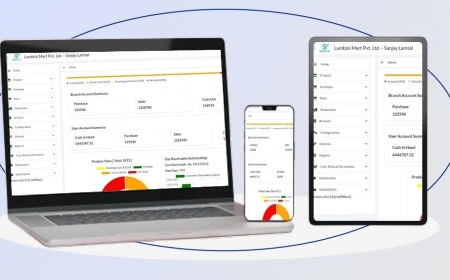How Commuting on I-15 and I-80 Affects Your Car Insurance

For many Salt Lake City residents, daily commutes along I-15 and I-80 are a normal part of life. But did you know that your driving routesand how often you use themcan directly affect your car insurance premiums?
Insurers carefully evaluate commuting risk factors Utah auto insurance policies must account for, and high-traffic highways like I-15 and I-80 play a big role in pricing your coverage.
Why Highways Like I-15 & I-80 Matter to Insurers
These major highways are among Utahs busiest roadways:
-
I-15 connects downtown Salt Lake City with surrounding cities, leading to heavy congestion during rush hours.
-
I-80 runs east-west through the Wasatch Front, where high-speed traffic mixes with tricky winter weather conditions.
More traffic means a higher likelihood of accidents, which increases the risk for insurers. If your daily commute involves these highways, your premium may be slightly higher compared to someone who drives only occasionally in low-traffic areas.
How Commuting Distance Affects Your Premium

Utah insurers consider annual mileage when calculating rates.
? Short Commutes (under 7,500 miles/year)
-
Lower risk of accidents due to less time on the road
-
Often qualify for low-mileage discounts
? Long Commutes (15,000+ miles/year)
-
Higher exposure to traffic congestion
-
Increased chance of collisions or vehicle damage
-
May push you into a higher-risk rating category
If youre commuting daily from suburbs like Draper or Bountiful into downtown Salt Lake City via I-15, youll likely pay more than someone who works remotely or drives only on weekends.
Weather & Highway Conditions Impact Risk
Another key factor in Salt Lake City is seasonal weather:
-
Winter snowstorms on I-80 and mountain passes create hazardous driving conditions.
-
Black ice, reduced visibility, and increased braking distances make highways more dangerous.
-
Insurers track accident frequency by ZIP code and highway usage patterns to adjust rates accordingly.
So if your commute frequently involves risky winter driving routes, your insurer considers you a higher exposure driver.
Traffic Statistics & Insurance Implications
-
Utah Highway Safety reports show that I-15 accounts for a significant percentage of multi-vehicle crashes in the state.
-
Peak-hour traffic between 79 AM and 46 PM is when most accidents occur.
-
Living or working near high-crash corridors can indirectly affect your premium.
How to Reduce Commuting-Related Insurance Costs
Even if you have a long commute, there are ways to keep premiums manageable:
? Ask about telematics or usage-based programs Insurers may reward safe driving habits despite high mileage.
? Consider public transit or carpooling Fewer commuting days can lower your annual mileage.
? Bundle policies or increase deductibles Helps offset higher commuter risk rates.
? Maintain a clean driving record Accident-free history can still earn you good driver discounts.
Final Thoughts
Your daily commute is more than just time behind the wheelits a factor that insurers use to measure your exposure to risk. Heavy traffic, long miles, and winter hazards along I-15 and I-80 all influence how much you pay for coverage.
By understanding commuting risk factors Utah auto insurance companies consider, you can make informed choices about your policy, explore discounts, and even adjust your driving habits to save money.



























